“Faster. Cooler. Quieter.” Those are the claimed advantages of the new HighBar helmet system, coming soon to a bike shop or an online store near you. Behind the catchy marketing phrases though is an impressively experienced team, a huge investment in research & development and, perhaps most importantly, a real desire to improve the way that bike helmets fit. Olly recently got a behind-the-scenes look at HighBar. Read on if you’d like to find out more.
The odd thing with trying out a new cycling product is that you often only know it’s doing its job properly when you completely forget that you are wearing it/using it after the first ten minutes. It must be a complete nightmare for a design engineer – they spend their lives designing something cutting edge and ground-breaking, for it to only really be seen as a success by the end user if it’s essentially completely anonymous.
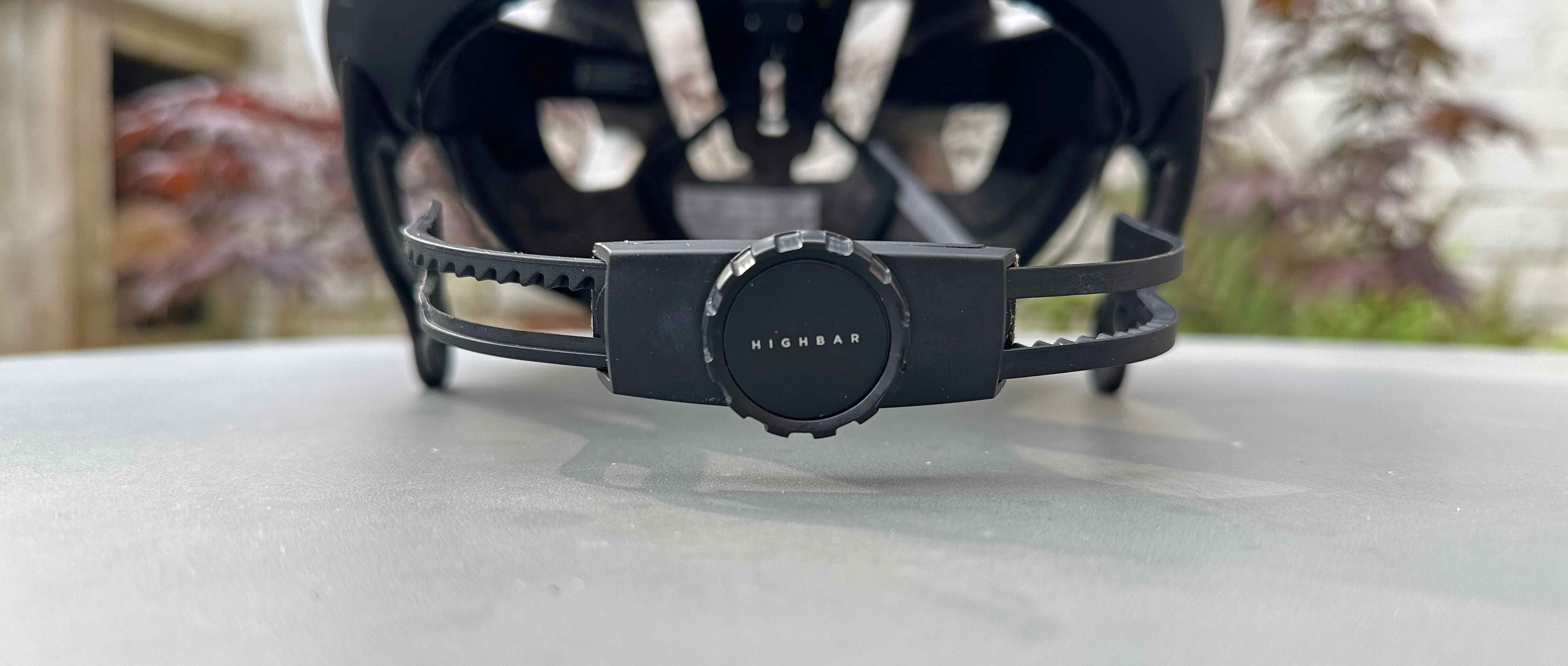
The recently launched HighBar helmet system would definitely fall into that category. When you first unpack a HighBar-equipped helmet from the box, you might not initially notice anything different about it. Mine came in white/black, was a similar weight to other helmets that I had used in the past and didn’t, at first glance, have any unusual characteristics. Then, as you rotate it and look at the underside, you notice the unique design feature – in the place of the standard webbing straps/buckle is a rigid plastic “chin bar” with a central dial. On either side of the helmet is a roughly triangular-shaped arm which descends vertically downwards, ending in a large open pivot, to which the chin bar is attached.
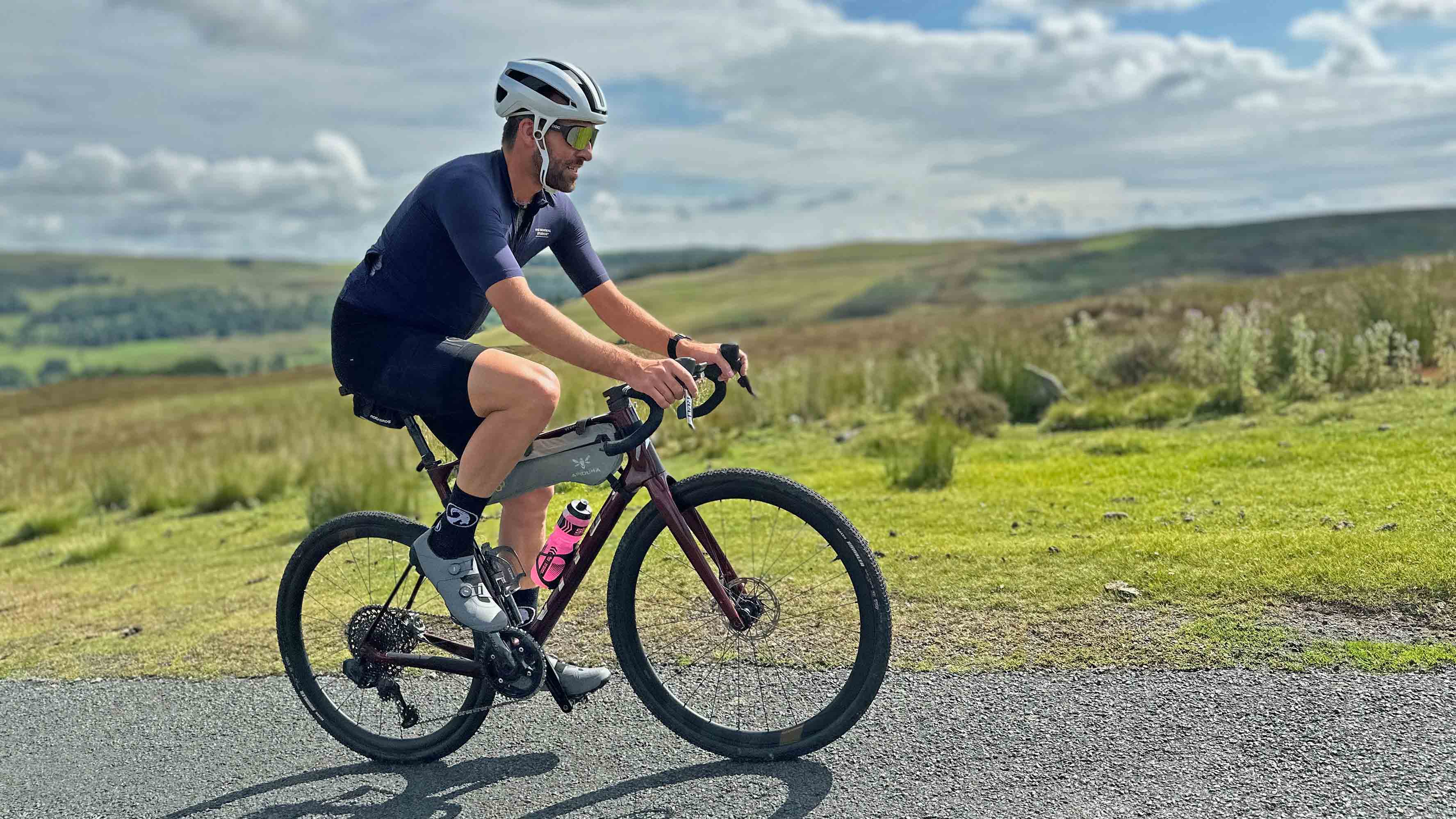
In the HighBar press release text which accompanies their system is a statement which says “There has been zero innovation ‘below the ears’ in over 100 years.” That is exactly what HighBar are trying to do something about. It should be said though that HighBar aren’t a helmet manufacturer and you aren’t going to find HighBar brand helmets for sale anywhere. They are essentially a research & design company, who have cherry-picked some of the best industry ‘talent’ to work on the project, including the co-founders of Crankbrothers, the co-founder of Pedro’s, the former head of design at Giro and former designers from Rapha, Specialized, Bell and MET. Their stated aim is to make helmets “more secure, more comfortable and easier to use.”
The prototype helmet that I was sent is from Canyon, although that's not obvious from the subtle branding. There is a very discreet logo on the back left-hand side, which shows that the helmet is part of their Canyon Factory Racing range of products. The good news is that the subtle branding means your choice of helmet won't clash if you're riding a different brand of gravel bike! What’s interesting though is that although Canyon are the first company with a market-ready product, many other helmet companies are also in discussion with HighBar to licence their design. There is currently a non-disclosure agreement in place which means we aren’t privy to any of the details, but it seems highly likely that Lazer, Giro, Kask, Met etc will have HighBar equipped helmets in their ranges in the foreseeable future.

The $million question of course is why bother? What’s wrong with traditional fabric webbing straps on helmets? The simple answer is that not everyone wears a helmet correctly and one which is either loose, tipped too far backwards, or even (and I’ve seen this in real life) worn back-to-front is dramatically less effective compared to one which fits (and is worn) properly. The main design feature behind the HighBar system is that it’s significantly harder to wear ‘wrongly’ – it’s almost impossible to fit it anything other than horizontally and assuming the wearer puts the chin bar under their chin (rather than wearing it across their foreheads), then it’s significantly less likely to tilt backwards or fall off in the event of an accident.
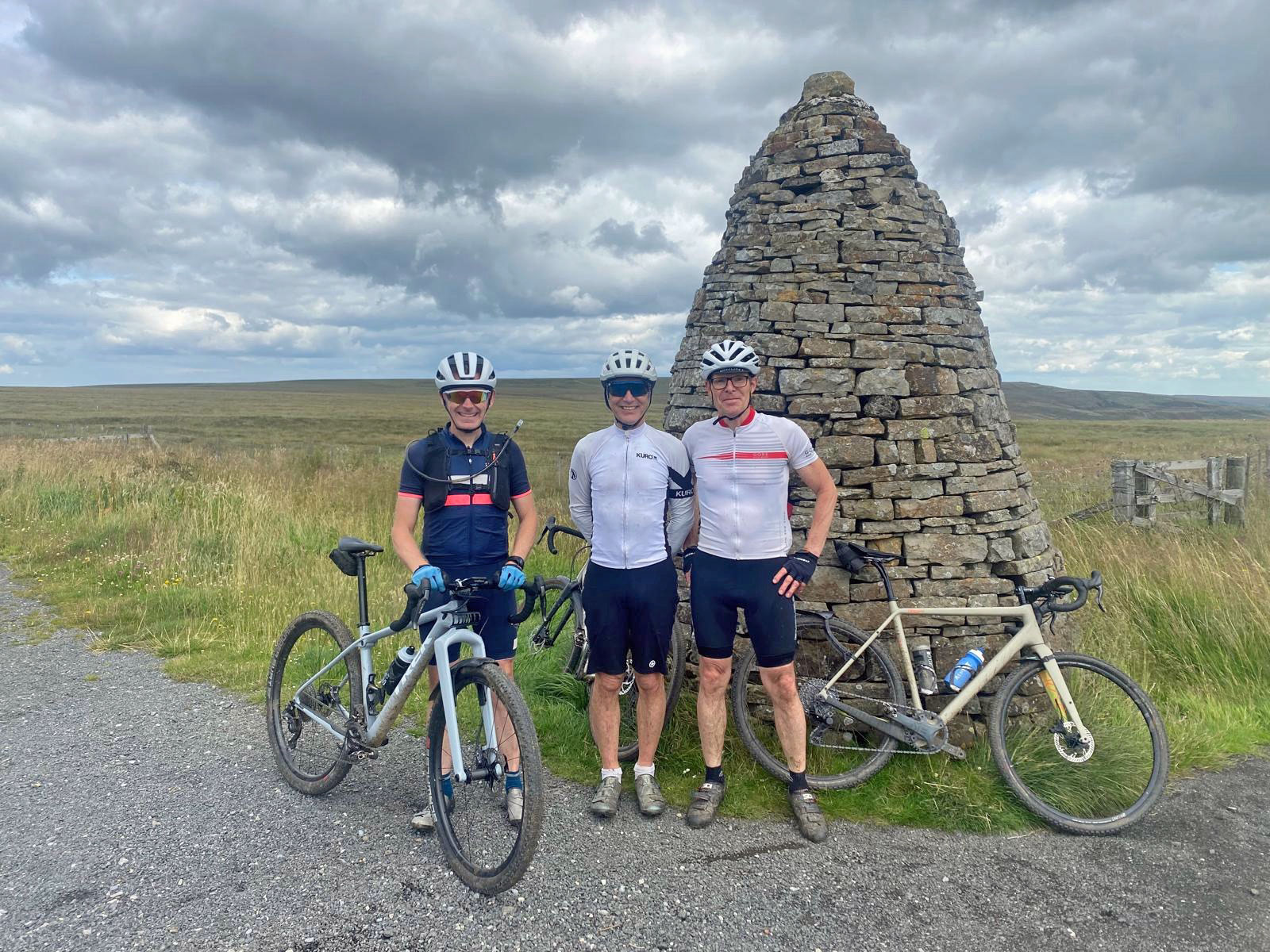
“HighBar increases the probability of the rider getting the helmet adjusted properly” is one of the main claims made in HighBar’s press release. The chances are that someone reading this article on the Gravel Union website is less likely to be wearing their helmet incorrectly than say a novice cyclist or a child. That’s obviously a gross generalisation of course, and we probably all know experienced riders who haven’t adjusted their helmet straps correctly or whose helmet fit leaves something to be desired, but I suspect that HighBar’s other claims, which is that their system helps make helmets “Faster, cooler & quieter” will probably be of more interest to you.
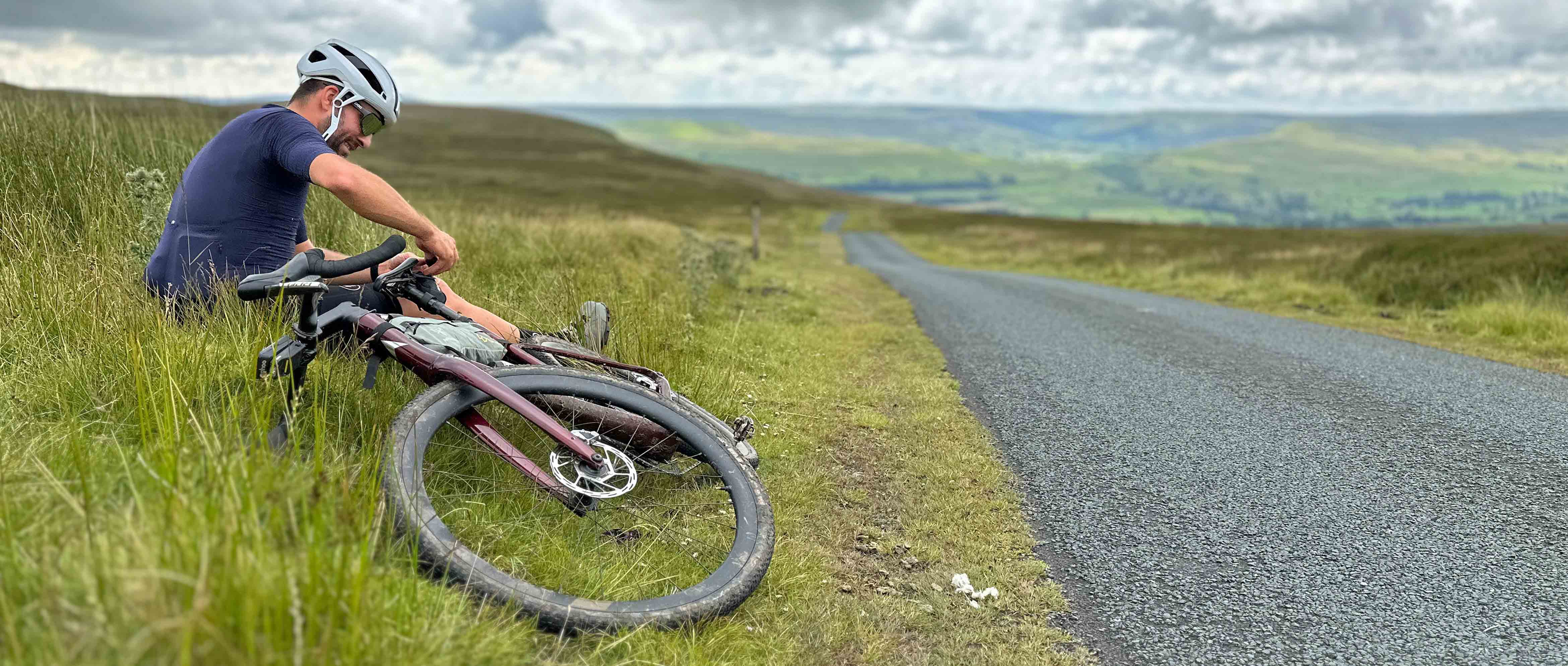
Testing completed by HighBar at the San Diego Wind Tunnel shows that their helmet system offered a 7-watt advantage at 50 kph, showed a 6-7.5 decibel reduction in wind noise for the wearer and offered an eight-degree C “thermal advantage” in the strap area. Those measurements were all recorded in perfect laboratory conditions and “your mileage might vary” actually out there on the gravel trails. However, even if the HighBar system offers only marginal gains in aerodynamics, acoustic reduction and thermal efficiency, the fact that it does that while offering safety benefits to the majority of cyclists (because it will be more likely to be fitted correctly), sounds like a winning combination to us!
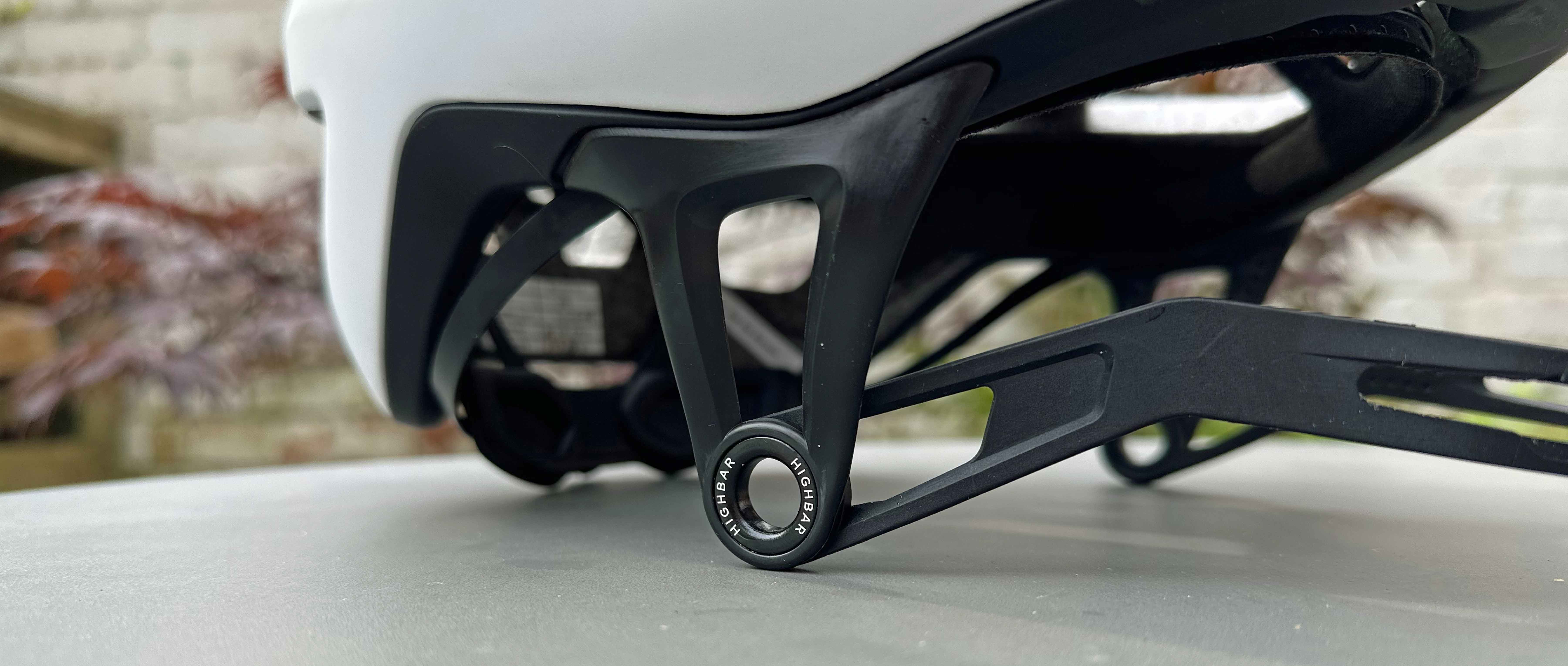
As regular Gravel Union readers probably know, we don’t generally publish product test reviews on the site. We tend to focus more on what you can do with the products, rather than the “thing” itself, but a few sentences about the user experience of wearing a HighBar-equipped helmet, more specifically Canyon’s CFR version, are a logical addition to the behind-the-scenes view of the tech itself. Although it’s difficult for a ‘normal’ rider to assess aerodynamic advantage while out on a gravel ride, what we can all assess is how well the helmet fits and perhaps surprisingly, you can definitely 'hear' the noise benefits too. I initially doubted that it would be possible to detect any noise attenuation from the HighBar design, but what is interesting is that when you switch back to a 'normal' helmet after having used the HighBar-equipped version for a while, the helmet fitted with a standard strap set-up does actually feel noisier, especially on fast, downhill sections.
To put the helmet on, you open up the rotating dial at the rear (which increases/reduces the circumference of the inside of the helmet in the same way that most helmets do), then lower the helmet in place with the chin bar in the ‘up’ position. The vertical side pieces fit precisely down the side of your face just in front of your ears. The fit, at least on my head shape, was perfect and the fit of the side pieces was not overly restrictive. Then, you rotate the chin bar down under your chin and turn the dial on the chin bar until you have roughly a finger-width gap between the bar and your chin. Next, a few quick turns on the dial at the rear of the helmet to dial in the fit and you’re all set. The helmet sits level, the MIPS-equipped lining feels comfortable and although initially, the rigidity of the solid chin strap feels slightly odd, within ten minutes of setting off, you soon forget all about it.

The only thing that is worth pointing out is that you will need to place the arms of your sunglasses (assuming you wear them) UNDER the straps of the helmet. Previously, some cyclists might have considered this a fashion crime, but rules are there to be broken, right? There are little rubber grippers on the sides of the helmet at the front which grip the arms of your glasses nicely if you choose to take them off too.
While I haven’t had the opportunity to wear the helmet in any really hot conditions yet (thanks, British summer…) I’ve worn it on some warm days and the helmet felt airy and well-vented. After the initial 'different' feeling of the solid strap around my chin, I forgot completely about it and it certainly didn’t feel any hotter than a set of standard webbing straps.

The HighBar system is of course only part of the equation - you also have to take the overall design of the helmet into account. From what we can see, the complete product is nice looking, fits well, is decently vented, is apparently faster/quieter and for pretty much everyone who uses it, it will be safer. Seems like it ticks all the boxes for an ideal helmet for gravel riding. Only time will tell how many other brands start using the HighBar system, but based on our experience of the Canyon CFR helmet, it seems likely that it will be a success.